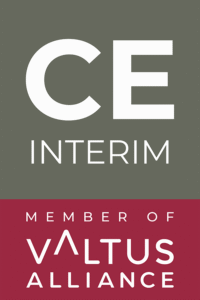Manufacturing KPIs Falling? It’s Time for a Turnaround

Falling manufacturing KPIs signal deeper problems. Here’s when it’s time to act and how a turnaround can restore output, morale, & margin.
Why Staff Resistance Slows Operational Turnaround

Even the best operational turnaround fails when staff push back. Here’s how resistance builds and how real leaders turn the tide.
Solving Workforce Burnout in Operational Turnarounds

Workforce burnout slows even the best turnarounds. Here’s how to spot it early, fix the root causes, and rebuild team momentum under pressure.
Interim COOs: Driving Operational Excellence in Manufacturing

Interim COOs help manufacturers achieve operational excellence fast. Learn how they improve KPIs, optimize plants, & deliver lasting change.
Nearshoring vs Offshoring 2025: Costs, Risks & ROI

Compare nearshoring vs offshoring in 2025. Learn which model offers better ROI, flexibility, and risk control for your business.
Nearshoring Strategies for Resilient Supply Chains

Explore proven nearshoring strategies to build resilient supply chains and reduce global manufacturing risk.
Turnaround Leadership: Why Speed Beats Strategy

Turnaround leadership is about speed, not theory. Discover why acting fast is the key to saving companies in crisis.
The Interim Manager’s Role in Enhancing Employee Well-being

Improve employee well-being with expert interim managers! Discover leadership strategies that enhance productivity and workplace culture.
How to Overcome the 5 Biggest Barriers to Change Management

Learn strategies to overcome the five biggest barriers to successful change management initiatives.
What to Expect from an Interim CFO in the First 90 Days

Discover the key contributions of an interim CFO during their first 90 days in your organization.


